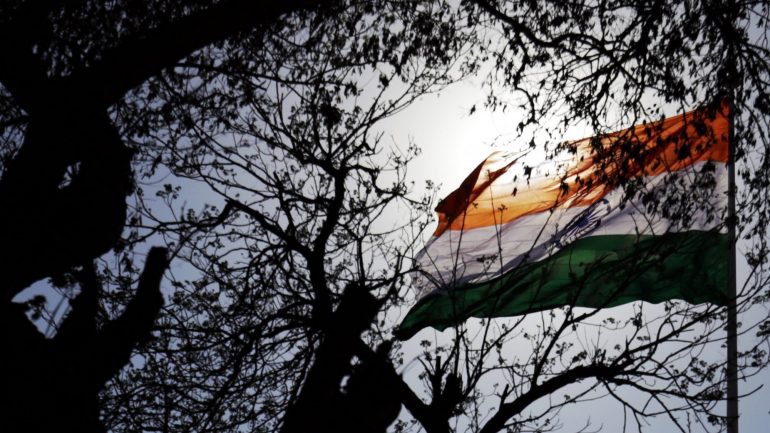Mozambique: Guruè expects to produce over 4,400 tons of tea leaves
Bumper pigeon pea harvest in India causes crisis in Mozambique

File photo: IGC
Pigeon pea-growing districts in the Mozambican provinces of Nampula and Zambezia face an economic crisis due to a bumper Indian harvest, according to a study by the British International Growth Centre NGO (IGC).
The study, entitled ‘All Peas in One Basket: Lessons from the 2017 Pigeon Pea Crisis,’ reports that overproduction in India, the only international market for this food, has led to a drop of more than 50 percent in price and erosion of the purchasing power of producers, triggering an economic crisis in growing districts.
“More than 1.2 million farmers in Central and Northern Mozambique counted on this crop to provide revenue in 2017,” the study points out.
However, they faced a precipitous price decline right from the beginning of the harvest season, from approximately 45 MT/kg in 2016 to 5 MT/kg in 2017, a price at which farmers could not get back half the amount invested in production
“The resulting lack of purchasing power by the farmers has led to an economic crisis in the main pigeon pea growing districts, especially where most farmers had no alternative cash crops,” the evaluation indicates.
In the last decade, robust pigeon-pea production growth in Mozambique was led by India demand boosted by the signing of a memorandum of understanding between the two countries on the visit of Prime Minister of India Narendra Modi to Mozambique in 2016.
Mozambique exported more than 170,000 tons of pigeon peas from the 2016 harvest, worth about to US$125 million (EUR 02 million).
The MoU provided for India to import 125,000 tonnes of pigeon-pea in the period 2017-2018, increasing this quota gradually to 200,000 tonnes by 2020-2021.
However, in 2016, in addition to promoting production in Mozambique, India stimulated the domestic production of the legume.
“India also stimulated domestic production, which, combined with good monsoon rains and high farm-gate prices in 2016, led to an all-time record production in 2017, enough to satisfy domestic demand and still be left with 1 million tons,” the study points out.
The IGC accuses the Mozambican authorities of managing the situation ineffectively.
“The 2017 campaign provided irrefutable proof of the danger of making an investment without prior knowledge of market dynamics,” the report said.
Forecasts of a record 2017 Indian harvest were already available in September 2016, three months before Mozambican farmers start planting, the study says. Based on this information, the current situation in Mozambique could have been foreseen.
“The Mozambican government should improve market intelligence by monitoring international pigeon pea developments, particularly in India, the main market,” the study adds.
The 2017 price collapse of Pigeon Peas affects over 1.2 million farmers in #Mozambique. These 4 ideas could prevent similar scenarios from reoccurring: https://t.co/pgjmkJcben ⬅️ #GlobalDev pic.twitter.com/EmhoF92dcw
— International Growth Centre (@The_IGC) January 20, 2018













Leave a Reply
Be the First to Comment!
You must be logged in to post a comment.
You must be logged in to post a comment.